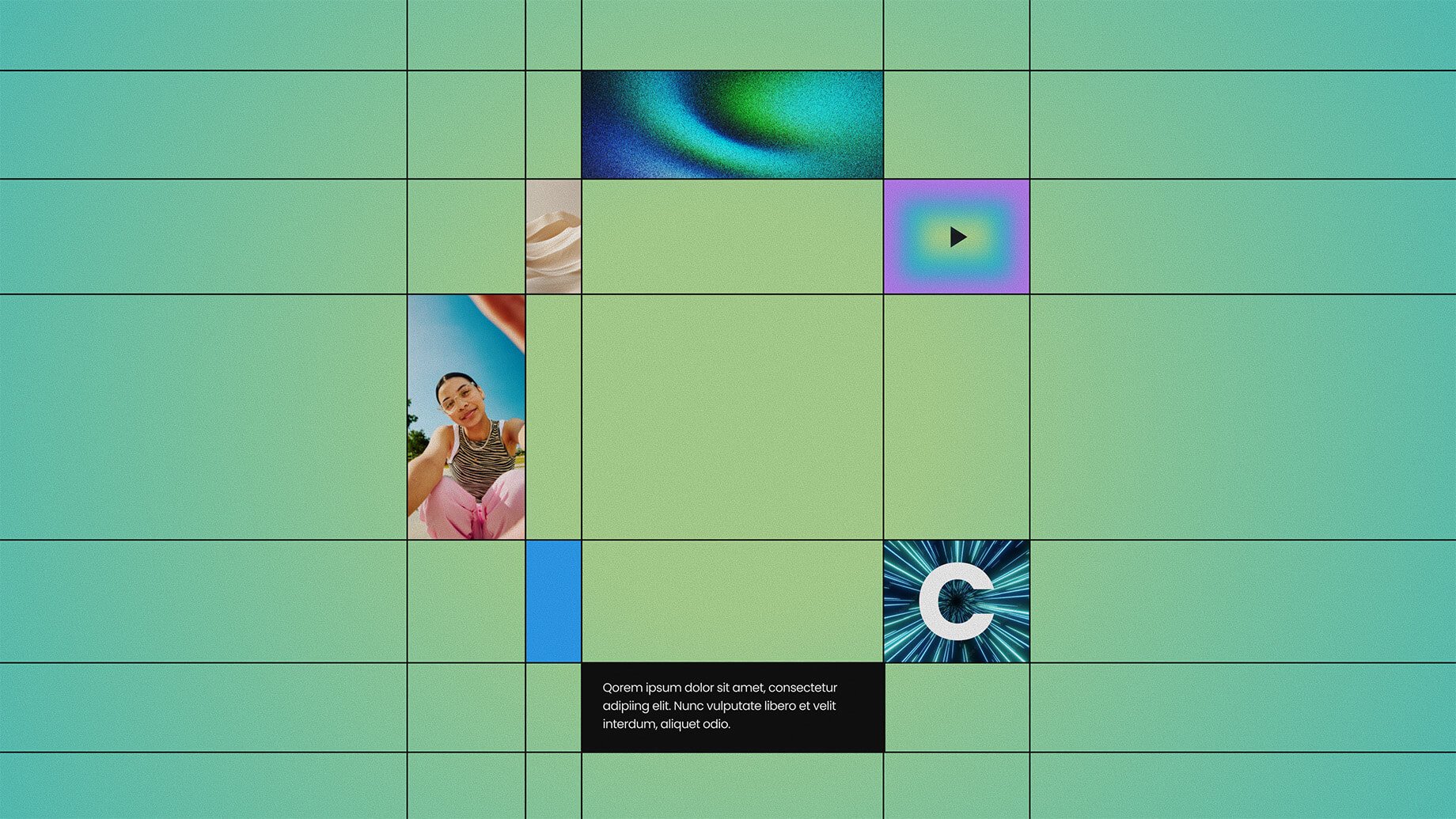Making Insights Insightful
Whether as a seasoned marketer or a student of people watching, I’ve found that one thing remains true across the board: Humans have trouble distinguishing between an insight and an observation (or fact).
Humans have trouble distinguishing between an insight and an observation (or fact).
Every time I think I’ve landed on a strong insight, I run it through the following filters to make sure that it fits the bill.
An insight is:
- Psychological: “Now that her kids are on their own, she enjoys having the time to concentrate on the things she likes. She enjoys her family, but now that she doesn’t have to please five people all the time; she just has to please herself.”
- Empathetic: “He finds pleasure in the simple things in life.” Explanatory: “She wants to look good so that she can continue to feel young for as long as she can.”
- Leverageable: “His job is to make sure the sandwiches he makes get eaten, so that his family stays fueled all day.”
An insight is NOT:
- Behavioral: “Baby boomers cook less than they used to.”
- Judgmental: “He is the most boring person alive.”
- Descriptive: “She wears bright red lipstick.” Exclusive or proprietary to a brand: “Toyotas are more comfortable to drive than Hondas.”
- Temporary: “She’s really into science fiction right now.” The next time you tease out an insight, try going through this exercise to determine whether you have a true insight or if you need to go back to the drawing board.


